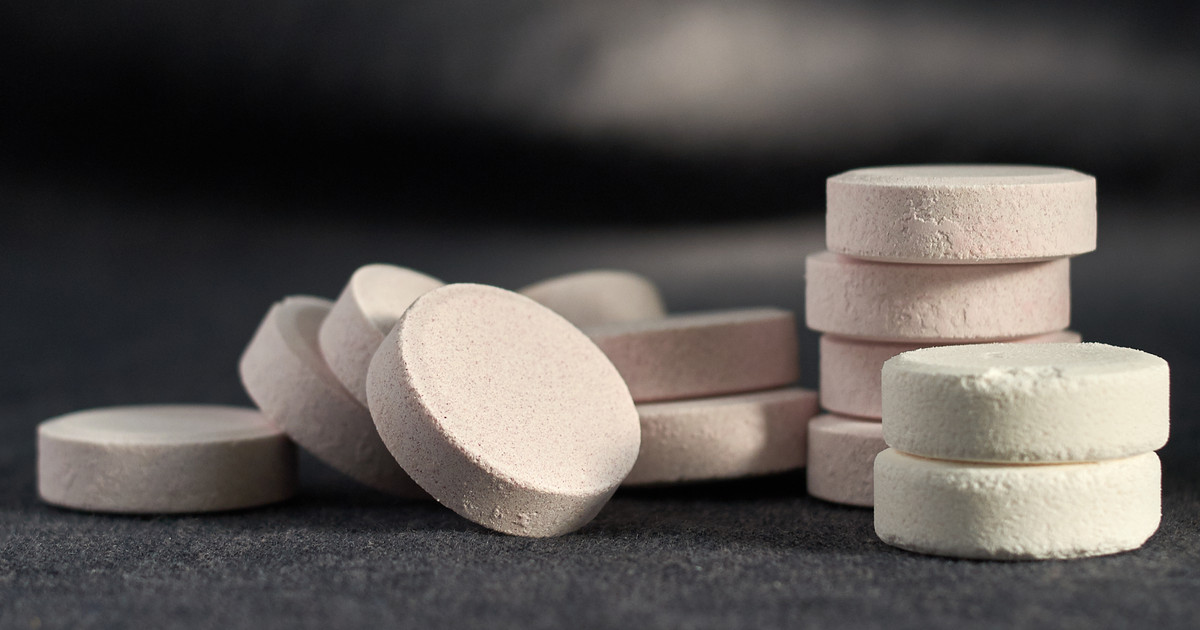Guide To A Thyroidectomy
Recovery And Results

Immediately after the thyroidectomy, the patient will be moved to a recovery room. Doctors and nurses will monitor their vital signs here. If this procedure is done on an outpatient basis, the patient will be discharged once they are fully awake and able to urinate. When this procedure is performed as an inpatient operation, the patient will be moved to a hospital room once they are fully conscious. Patients can eat and drink normally during their recovery. After returning home, the patient should wait ten to fourteen days before doing any strenuous exercise or heavy lifting. It is safe to return to other daily activities. Patients should ask their surgical team if they are unsure if a particular activity is safe to do as they recover. If certain medications were discontinued before surgery, the patient should also ask the surgical team about when it is appropriate to restart these.
For surgeries that involve neck incisions, it may take up to one year before the scars fade. The surgeon may advise the patient to apply sunscreen each day to minimize the visibility of the scar. Patients may want to ask about other skin creams and treatments that could help the scarring heal too. In a partial thyroidectomy, the remaining part of the thyroid may produce sufficient amounts of thyroid hormones. Thus, patients may not need to use synthetic thyroid hormones. However, when a complete thyroidectomy is performed, patients will need to take levothyroxine every day for the rest of their lives. Levothyroxine is a synthetic thyroid hormone that carries out the functions that the thyroid gland would normally complete. Blood tests will be used to determine the appropriate dose.
